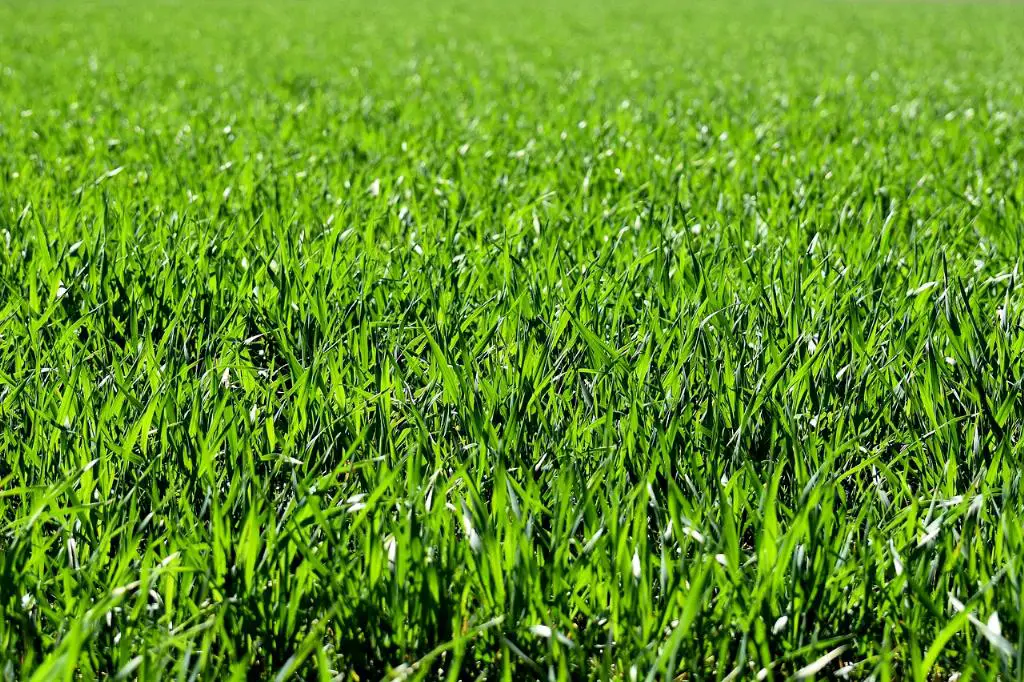When it comes to ensuring the health and vitality of your lawn, timing is key. Aeration is a crucial maintenance practice that involves perforating the soil with small holes to allow air, water, and nutrients to penetrate the grass roots. But when is the best time to aerate your lawn?
Timing for Cool-Season Grasses
For cool-season grasses like fescue, bluegrass, and rye, the optimal time for aeration is during the early spring or fall. These periods coincide with the grass’s peak growing season, ensuring that it can recover quickly from the aeration process and continue to thrive.
Timing for Warm-Season Grasses
If you have warm-season grasses such as Bermuda grass, centipede grass, or zoysia grass, plan to aerate in late spring through early summer. These grasses do best when aerated during their active growing season, allowing them to benefit the most from the increased air and water circulation.
High-Traffic Areas and Heavy Clay Soil
If your lawn has high-traffic areas or heavy clay soil, it’s essential to aerate more frequently. In these conditions, yearly aeration is recommended to alleviate soil compaction, improve drainage, and enhance root development.
Signs Your Lawn Needs Aeration
There are several indicators that your lawn may benefit from aeration. If you notice standing water after rain, thinning grass, or compacted soil that is difficult to penetrate with a shovel, it might be time to aerate your lawn to promote better growth and overall health.
DIY vs. Professional Aeration
While some homeowners opt for DIY aeration using tools like spike aerators or plug aerators, others prefer to hire professionals for the job. Professional aeration services often provide more comprehensive results and use specialized equipment to ensure optimal soil penetration and aeration effectiveness.
Preparing Your Lawn for Aeration
Prior to aerating your lawn, it’s essential to prepare the area by mowing the grass to a shorter height, watering the lawn thoroughly, and marking any sprinkler heads or other obstacles to avoid damaging them during the aeration process.
Aeration Techniques
There are two primary aeration techniques: core aeration and spike aeration. Core aeration involves removing small plugs of soil from the lawn, while spike aeration uses solid tines to create holes in the ground. Core aeration is generally considered more effective in relieving compaction and improving soil structure.
Aftercare Tips
After aerating your lawn, it’s crucial to follow up with proper aftercare to maximize the benefits. This includes overseeding bare or thin areas, fertilizing the lawn to encourage new growth, and watering regularly to promote healthy root development.
Monitoring Your Lawn’s Progress
Keep a close eye on your lawn post-aeration to observe the results of the process. Look for improved grass growth, enhanced soil drainage, and overall turf health. If you notice any issues or areas that require additional attention, consider scheduling a follow-up aeration or other lawn care treatments as needed.
Conclusion
In conclusion, the best time to aerate your lawn varies depending on the type of grass you have and the specific conditions of your lawn. By aerating at the right time and following proper techniques and aftercare steps, you can promote a healthier, more vibrant lawn that thrives throughout the growing season.

